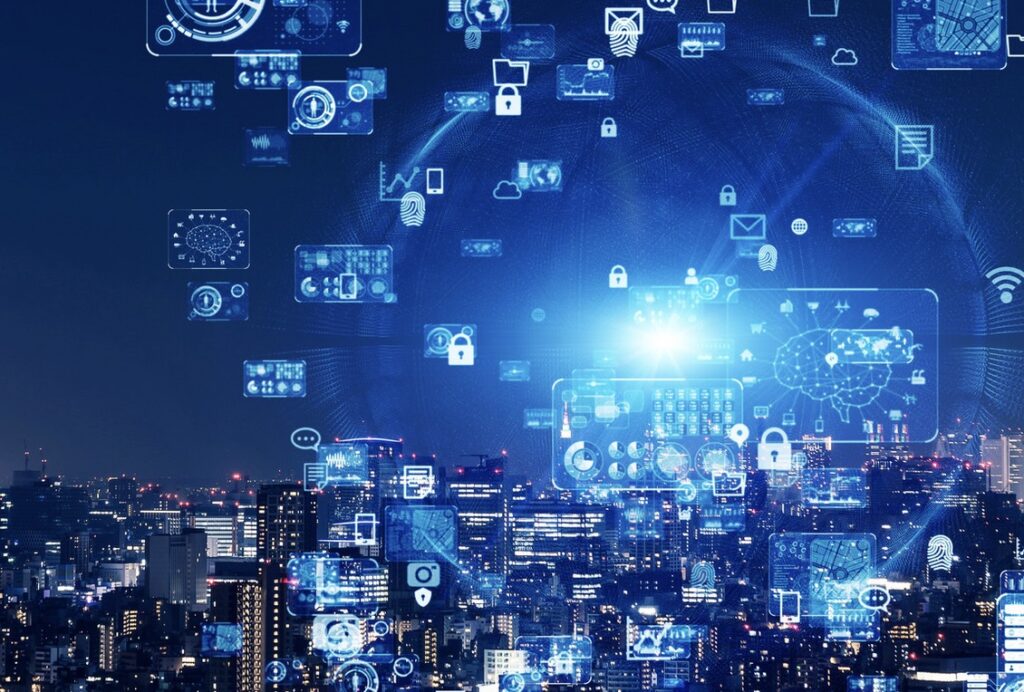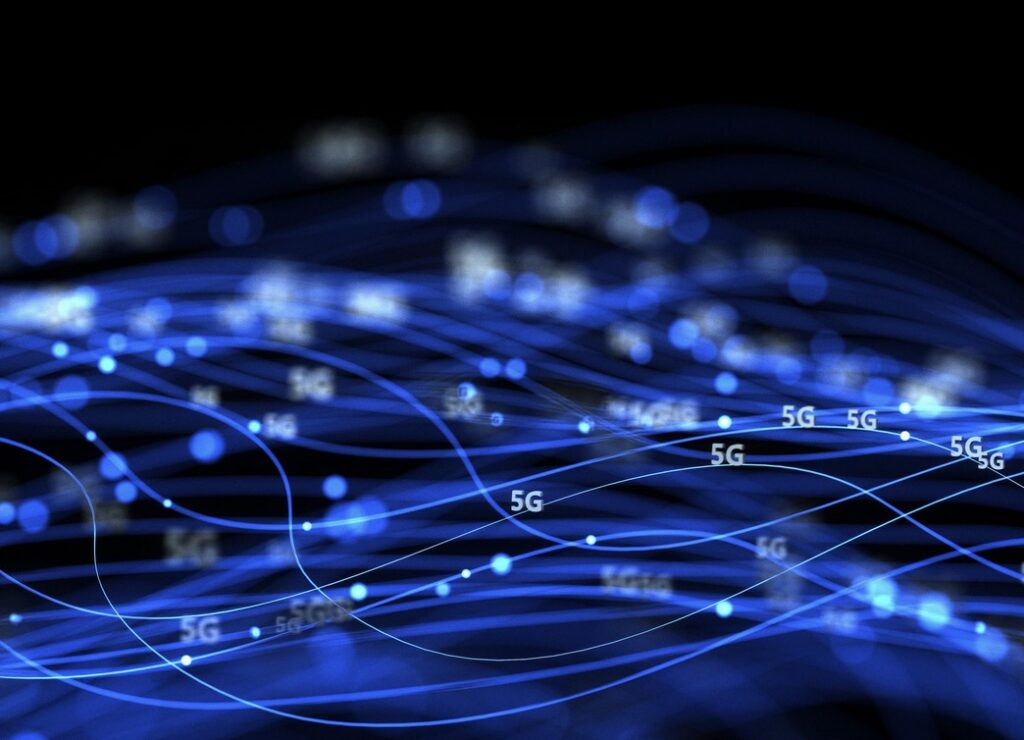What Does IOT Stand for in Terms of 5G Technology
IoT, an abbreviation for Internet of Things, symbolizes the grand mesh of physical objects, or “things,” equipped with sensors, software, and other technologies. These devices enable them to connect and exchange data with other devices and systems over the internet. IoT’s impact resonates through various sectors, from homes to industries. For instance, thermostats that adjust room temperatures based on occupants’ preferences, or large-scale industrial machinery that manage processes and detect faults in real-time reflect IoT’s critical role. As reported by Gartner, by 2020 the number of connected IoT devices had exceeded 20.4 billion worldwide, corroborating the pivotal role of IoT in modern technology.
How 5G Technology Empowers IoT
When the dynamism of IoT dovetails with the prowess of 5G technology, a new layer of possibilities emerges. 5G, short for 5th Generation, is the latest iteration of wireless communication. It’s renowned for its speed, low latency, and high data capacity.
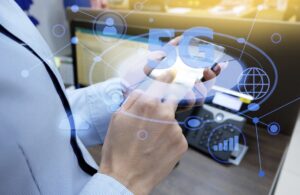
These attributes render 5G a significant enabler for IoT. High-speed, practically instantaneous data exchange central to 5G bestows IoT devices with unprecedented interactivity. For instance, remote surgical procedures driven by 5G-powered IoT devices can take place with minimal delays, potentially saving lives.
More compellingly, 5G’s improved bandwidth addresses one of IoT’s most pressing limitations: network congestion. By facilitating multiple device connections simultaneously and efficiently, 5G enables IoT devices to function optimally even in highly populated networks.
Key Advancements in IoT Enabled by 5G
As the union of IoT and 5G continues to evolve, two critical advancements have emerged – enhanced connectivity options and reduced latency for real-time data. These enhancements not only bolster the functionalities and capabilities of IoT devices, but also drastically enrich the user experience by simplifying connectivity and enabling instant data processing.
Enhanced Connectivity Options
5G technology provides IoT devices with an array of improved connectivity options. 5G’s high bandwidth allows a significantly increased number of devices to connect to the network simultaneously, minimizing network congestion.
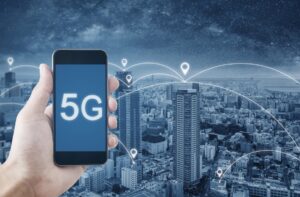
This expansion broadens IoT’s reach, enabling the inclusion of a wider range of equipment and appliances within its interconnected network.
For instance, in smart cities, where thousands of devices collect data continuously, 5G’s enhanced connectivity accommodates this vast device network proficiently.
Reduced Latency for Real-Time Data
Another notable enhancement delivered by the integration of 5G with IoT is the significant reduction of latency, or delay time, in data processing. Low latency is crucial in applications that rely on real-time data. By leveraging 5G’s promise of virtually zero latency, real-time data exchange in IoT systems has become more efficient and effective. This has remarkable implications for sectors like healthcare and manufacturing. In critical medical procedures, for example, real-time data transmission could mean the difference between life and death.
Applications of IoT and 5G in Different Industries
5G and IoT together bring revolutionary transformations across diverse sectors. These two technologies foster enhanced connectivity, allowing for seamless interaction and data flow between devices and networks. Let’s delve into their applications in smart cities and healthcare.
Smart Cities and Urban Planning
Smart cities, characterized by interconnected devices fueled by IoT, find a powerful ally in 5G technology.
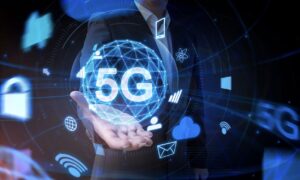
It paves the way for robust networks capable of handling vast amounts of information from multiple sources without any delay. For instance, the implementation of intelligent transportation systems hinges on real-time data processing.
Through 5G networks, traffic signals, vehicles, and roadside units effectively interact, driving optimal traffic flow and improving safety. Similarly, the union of IoT and 5G aids in optimizing resource consumption in utility services.
Healthcare Innovations
In healthcare, the amalgamation of 5G and IoT propels innovative solutions. Medical IoT devises like wearables equipped with sensors continuously generate patient’s health data. With 5G’s high speed and reduced latency, these data get processed in real-time, enabling prompt healthcare interventions. For example, a heart rate monitor could trigger an alert if it detects abnormal readings, allowing immediate medical attention. Moreover, 5G facilitates telemedicine by enabling high-definition video consultations eliminating geographical barriers.
Thus, the combination of IoT and 5G is impacting smart cities and healthcare, amongst other sectors, providing enhanced connectivity and real-time data processing, setting the stage for unprecedented innovations.
